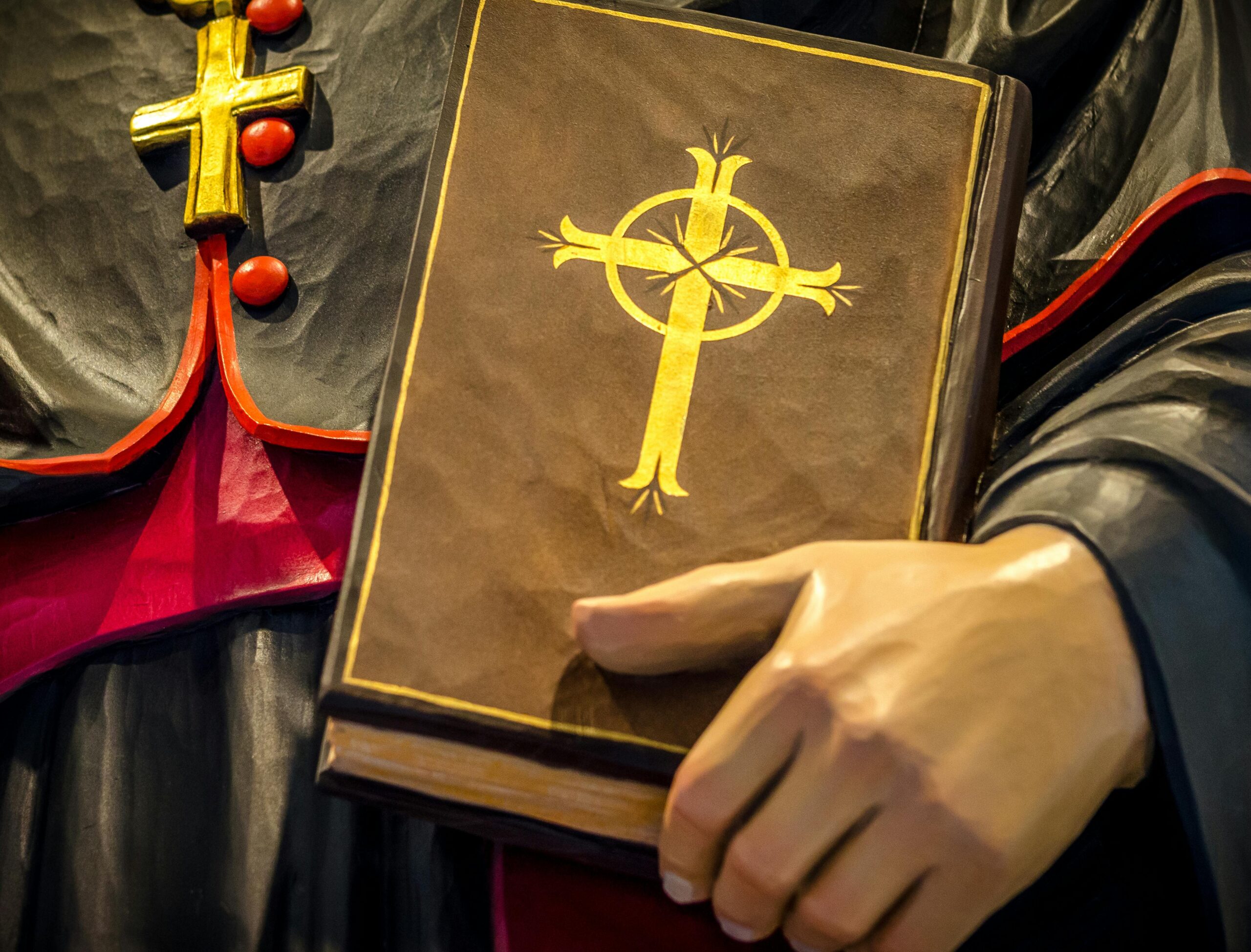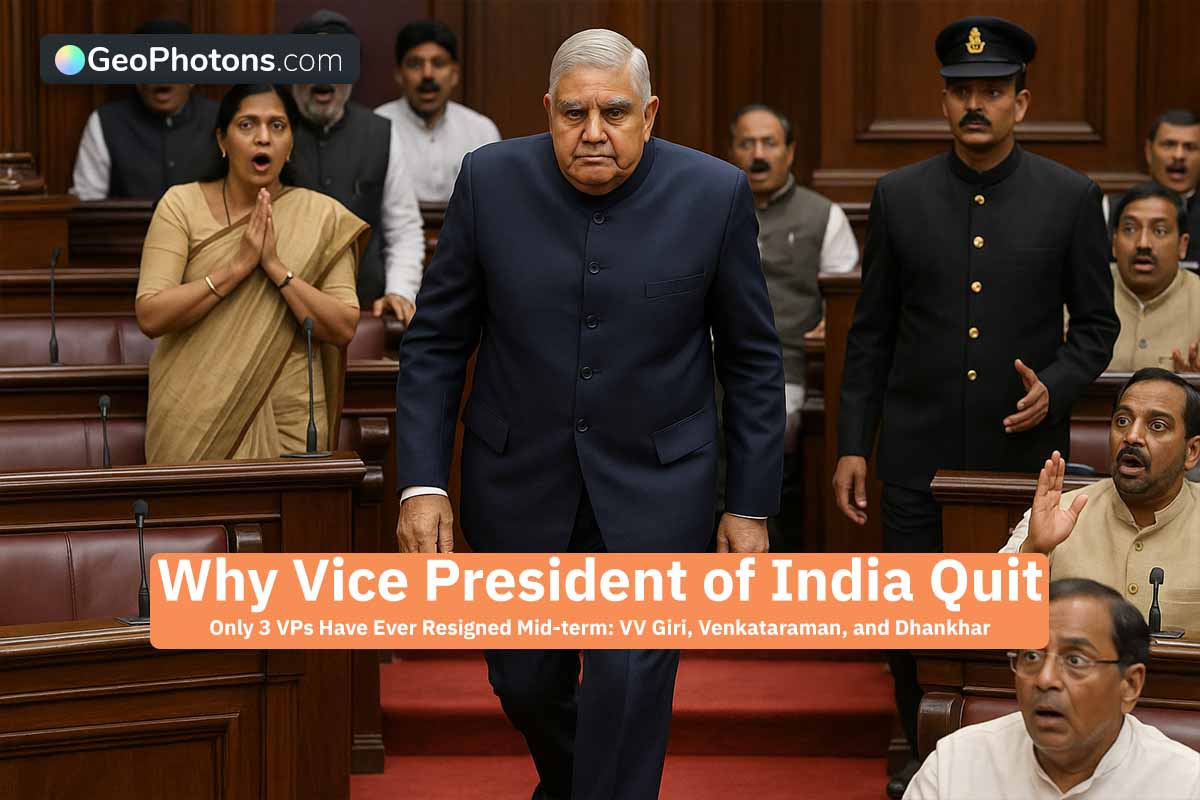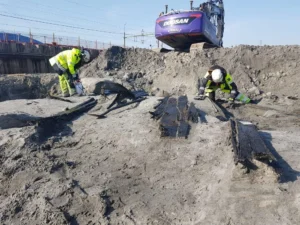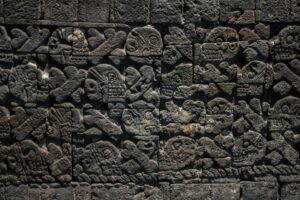Next Pope Selection
Selection of a New or Next Pope
When a Pope passes away or resigns, the selection of the next Pope is carried out by a group of cardinals through a process called the Papal Conclave. Since Pope Francis passed away on Easter Monday, the process of the Papal Conclave will be conducted in the coming days according to the steps outlined below.
1. Selection of the New Pope
When a Pope either dies or steps down from his position (as Pope Benedict XVI did in 2013), the Vatican must elect a new Pope. This election takes place through a special gathering of cardinals known as the Papal Conclave. The process is highly confidential and is conducted within Vatican City. The purpose of this election is not just to appoint a new religious leader, but also to provide direction and unity to the global Catholic community.
2. Gathering of the Cardinals
Only cardinals under the age of 80 are eligible to participate in the conclave. They travel to Vatican City and begin formal preparations. They take an oath of secrecy, pledging to cast their votes without any influence from external pressure, media, or politics. Before the conclave officially begins, the cardinals attend a “General Congregation,” where they discuss the current state of the Church and the qualities needed in the next Pope. Only after this deliberation does the voting process commence.
3. Voting Inside the Sistine Chapel
The voting takes place inside the Sistine Chapel, renowned for Michelangelo’s iconic artwork. Each cardinal writes the name of their chosen candidate on a paper ballot. They then approach the altar one by one, swear an oath, and drop their ballot into a special chalice. This process is entirely secret, and cardinals are not allowed to discuss their choices with others. Each cardinal is expected to make a thoughtful and spiritual decision about who is most fit to lead the Church.
4. Counting and Recounting
Once all ballots are collected, they are mixed to ensure fairness before being counted. Three designated cardinals serve as vote counters. Each ballot is read aloud, and the names are recorded in a logbook. If a ballot contains errors—such as multiple names—it is declared invalid. In case of any uncertainty, a recount is conducted. This system ensures transparency and impartiality, maintaining the integrity of the process.
5. The Search for Agreement
On the first day, usually only one round of voting takes place. After that, up to four rounds may occur daily—two in the morning and two in the evening. The voting continues until a candidate receives a two-thirds majority (e.g., 80 out of 120 votes). This rule ensures that the elected Pope has broad support and can unite the Church. During the conclave, the cardinals avoid discussion and instead focus on prayer and contemplation.
6. Signaling the World
After each round of voting, the ballots are burned in a special chimney attached to the Sistine Chapel. If no Pope has been elected, black smoke appears—produced using specific chemicals or damp straw. Once a Pope is chosen, white smoke is released, signaling to the world that a new Pope has been elected. In addition to the smoke, the Vatican bells ring to confirm the message clearly: Habemus Papam—”We have a Pope.”
7. The New Pope
When a candidate receives the required number of votes, he is asked whether he accepts the role. If he agrees, he is immediately declared the new Pope. He then chooses a new papal name—usually in honor of a previous Pope or a saint. Shortly afterward, the new Pope is introduced to the world from the Vatican balcony with the historic announcement: Habemus Papam. The Pope then delivers his first address, marking a moment that becomes part of Church history.
Share this content:















Post Comment